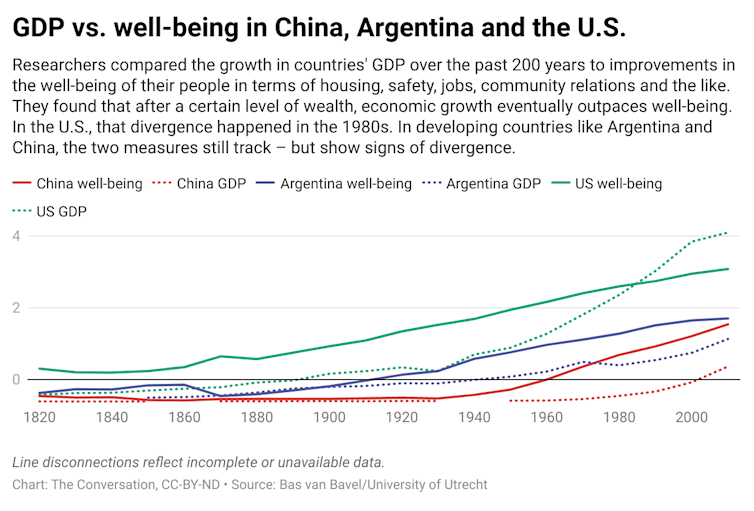|
A large reservoir at an abandoned fertilizer plant near Tampa Bay became unstable last week, and Florida officials are now pumping millions of gallons of contaminated water into the bay to prevent the reservoir’s walls from bursting. The plan protects downstream homes, but it comes with an extraordinary risk: The water contains phosphorus and nitrogen – ingredients in fertilizer that can fuel massive algae blooms. Those blooms have the potential to devastate marine ecosystems. Toxic red tide would be a worst-case scenario, and a red tide outbreak is already underway just down the coast.
Marine biologist Larry Brand of the University of Miami explains the risks and how agriculture across South Florida is increasingly putting the state’s fragile marine ecosystems at risk.
Also today:
|
Stacy Morford
General Assignments Editor
|

|
|

Tampa Bay’s sea grass meadows need sunlight to thrive. Algae blooms block that light and can be toxic to marine life.
Joe Whalen Caulerpa/Tampa Bay Estuary Program via Unsplash
Larry Brand, University of Miami
Harmful algae blooms are an increasing problem in Florida. Once nutrients are in the water to fuel them, little can be done to stop the growth, and the results can be devastating for marine life.
|
Health
|
-
Claudia Finkelstein, Michigan State University
As more people become vaccinated, many of them are eager to resume their social lives. And yet, many are fearful, and some may not want to return to life as they previously experienced it.
|
|
Education
|
-
Dawn R. Mitchell White, University of South Florida
Some children with autism struggle to express how they feel, but research shows music can help them develop better emotional skills.
|
|
Arts + Culture
|
-
Clare Mehta, Emmanuel College
A developmental psychologist explains how a period of life that's often hectic and stressful can also end up being quite rewarding.
-
Shelly Volsche, Boise State University
The demand was there.
|
|
Politics + Society
|
-
Bobby J. Donaldson, University of South Carolina
A long-lost letter from prison by a civil rights activist provides a window on the pivotal role protesters in South Carolina played in fighting segregation.
|
|
Economy + Business
|
-
Bas van Bavel, Utrecht University; Auke Rijpma, Utrecht University
GDP only measures economic growth – not inequality, poverty or unpaid work like elder care. So researchers in the Netherlands developed a new way for governments to see how people are actually doing.
|
|
Science + Technology
|
-
Penny Riggs, Texas A&M University
Recently in the spotlight for its role in the Pfizer and Moderna COVID-19 vaccines, mRNA is not a new invention. It's a crucial messenger molecule at work every day in every cell in your body.
-
Nathan Klein, University of Washington
The traveling salesperson problem is so difficult that practical solutions can never be perfect – only good enough. The challenge is coming up with the best approximations.
|
|
Ethics + Religion
|
-
S. Kyle Johnson, Boston College
The video for Lil Nas X's latest track is provocative and erotic. It also fits into a tradition of turning the tables on those seeking to oppress marginalized groups through religious dogma.
|
|
Podcast
|
-
Gemma Ware, The Conversation; Daniel Merino, The Conversation
Plus a new technique to protect birds from predators – using fake smells. Listen to episode 10 of The Conversation Weekly podcast.
|
|
From our International Editions
|
-
Sean Lang, Anglia Ruskin University
Born into post-World War I European royalty, the Duke of Edinburgh came to represent the archetypal English aristocrat. Along with those 'gaffes'.
-
Phil Hosegood, University of Plymouth
Climate change is strengthening the division between the ocean surface and the abyss.
-
Anthony Richardson, The University of Queensland; Chhaya Chaudhary, University of Auckland; David Schoeman, University of the Sunshine Coast; Mark John Costello, University of Auckland
Climate change has already made tropical oceans too hot for some marine species to survive. As they flee towards the poles, the implications for ecosystems and human livelihoods will be profound.
Today’s graphic

|
|
| |
| |
| |
| |
| |
| |
|
|